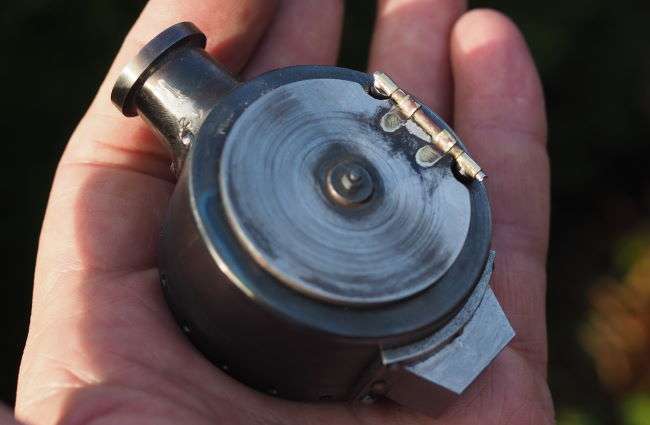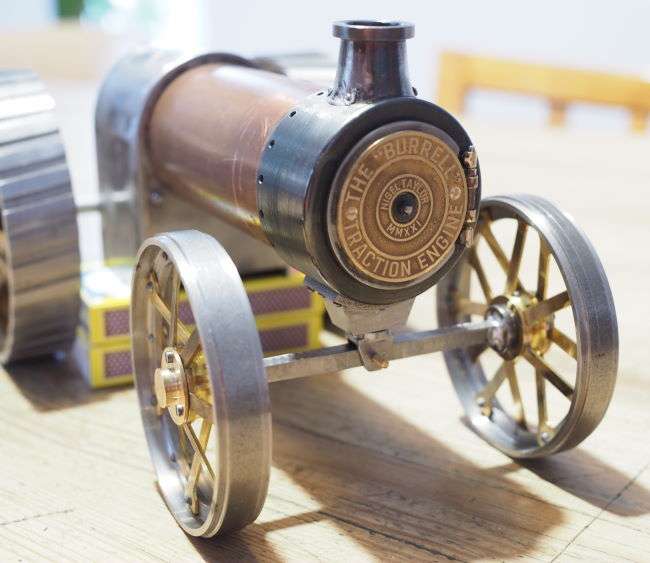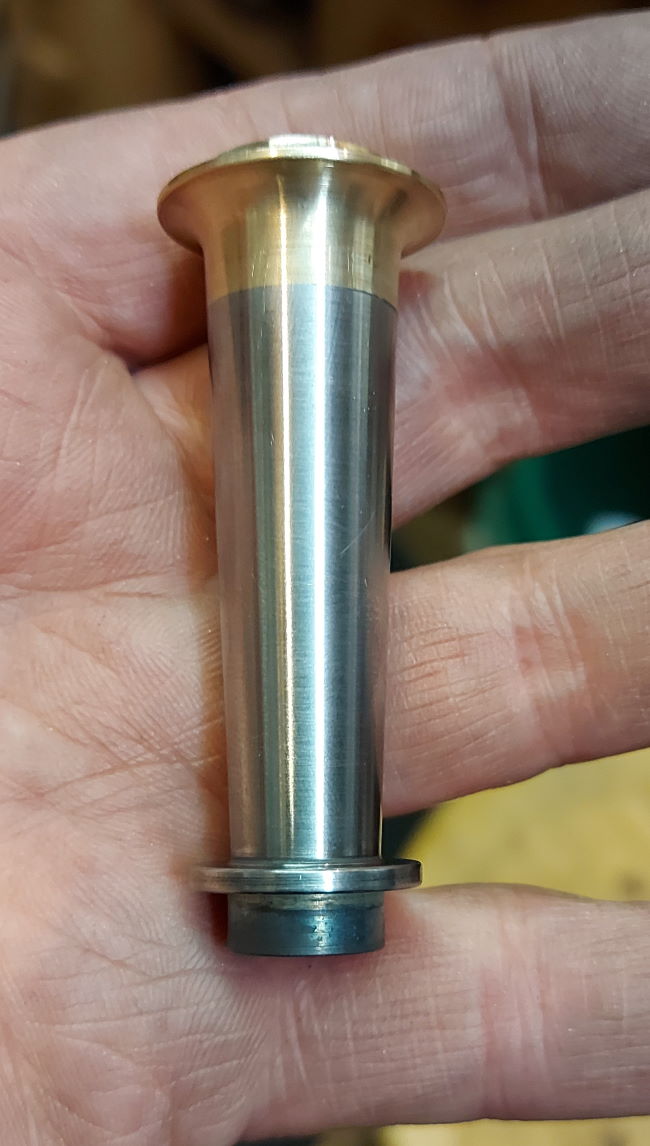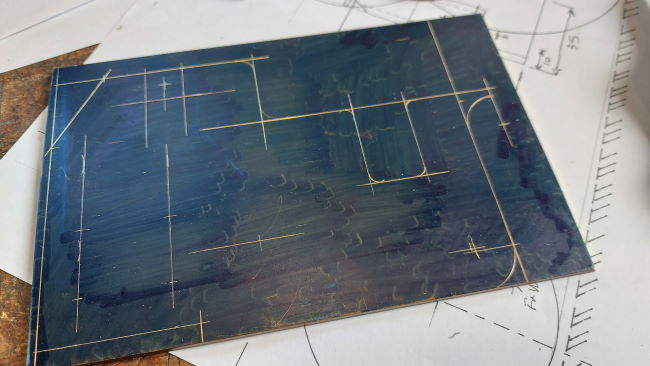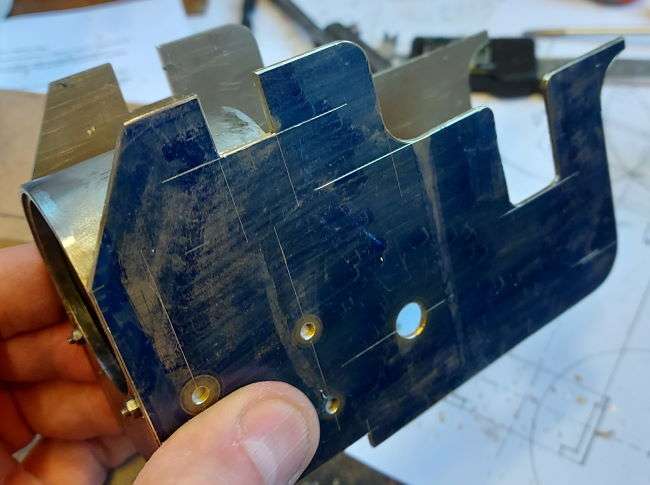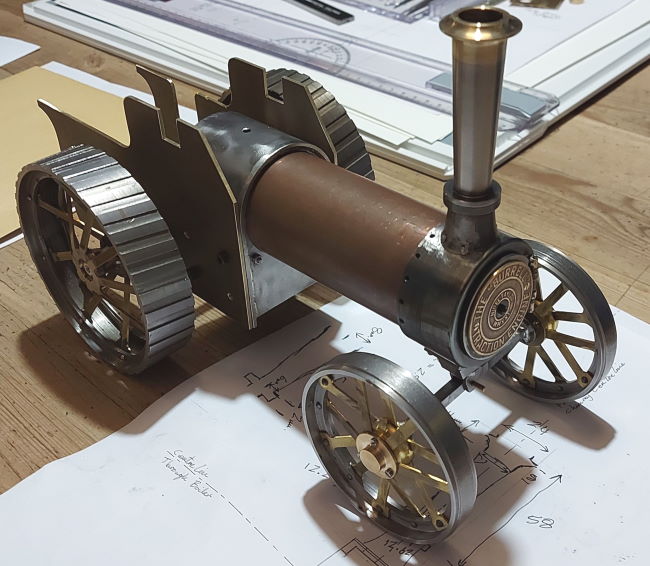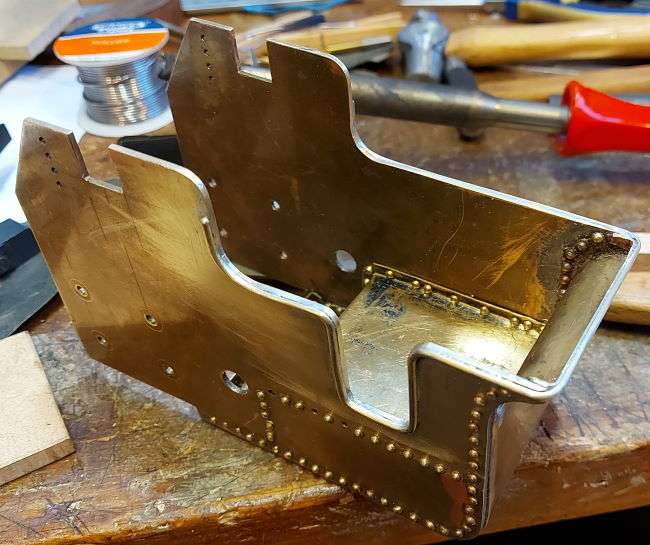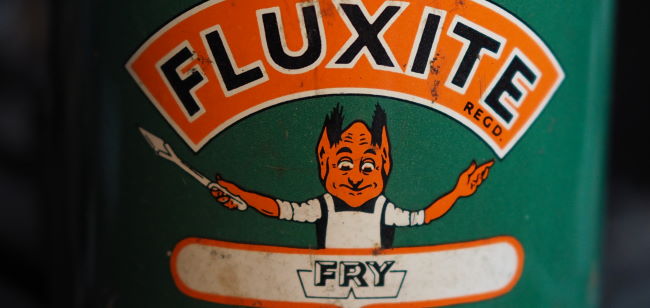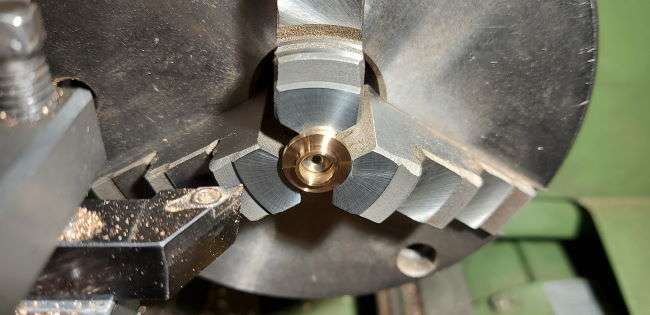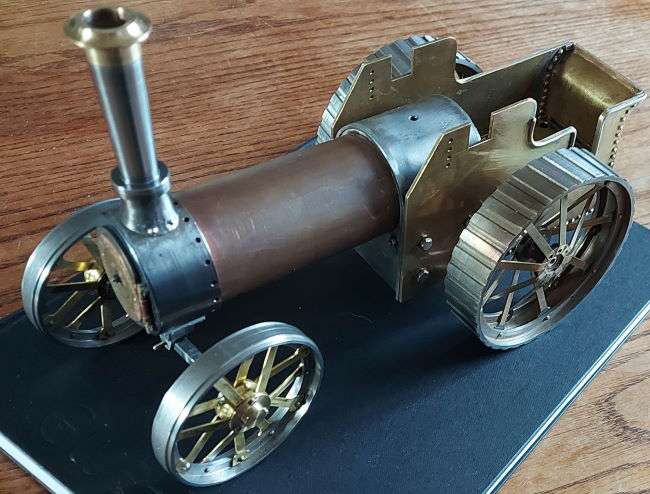Nigel Taylor
Established Member
Thought I would share with you all the long term project that is on my workbench at the moment.
This is a 1/20th scale working Burrell traction engine. The 1/20th scale was an accident as I took an drawing from the Burrell works and scaled it in elevation to fit on a page of A4.
The smokebox and axle is starting to come together
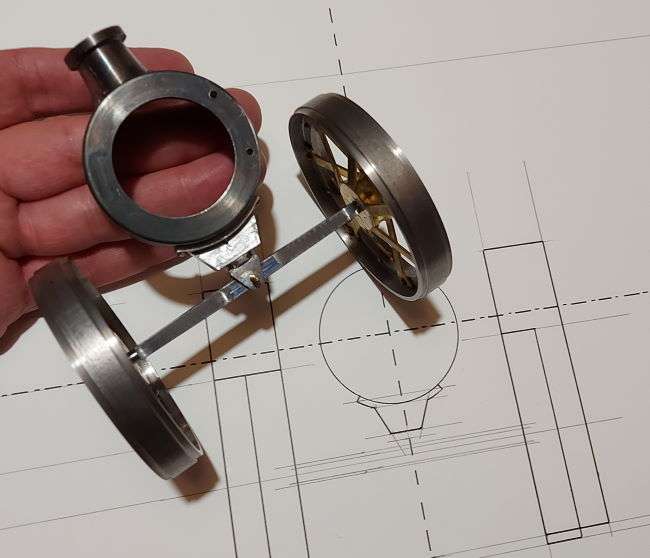
The rear wheels have also been designed, machined and assembled:
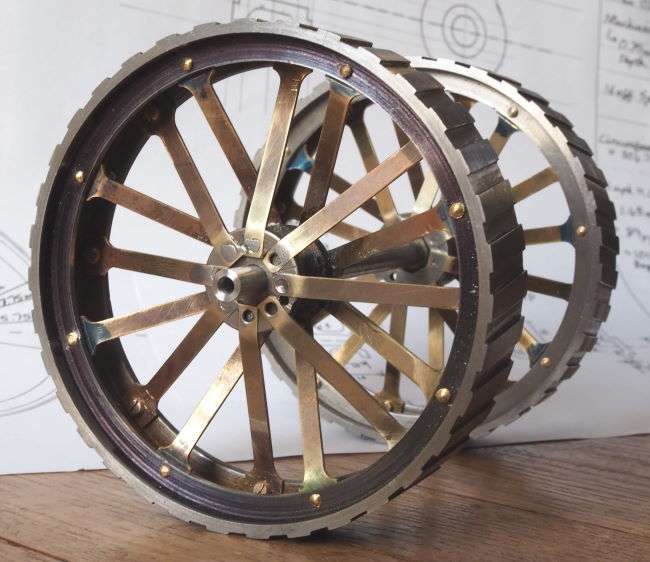
These are just 97mm in diameter.
This is an image of the parts laying on the A4 drawing
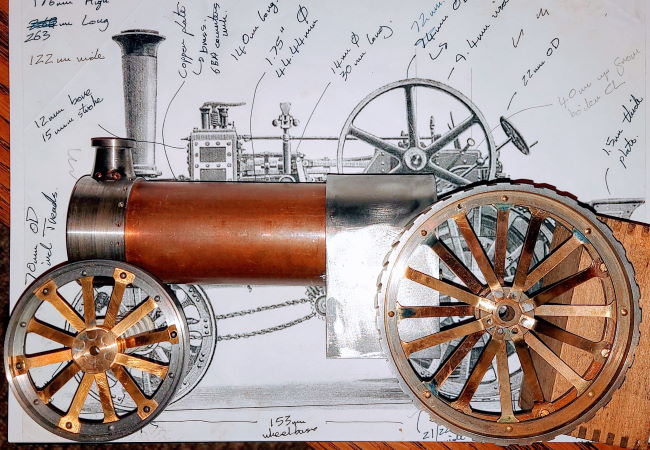
The final image shows the number of parts I haven't made yet rather than the number complete......
This is a 1/20th scale working Burrell traction engine. The 1/20th scale was an accident as I took an drawing from the Burrell works and scaled it in elevation to fit on a page of A4.
The smokebox and axle is starting to come together

The rear wheels have also been designed, machined and assembled:

These are just 97mm in diameter.
This is an image of the parts laying on the A4 drawing

The final image shows the number of parts I haven't made yet rather than the number complete......

































